As more cities use LED Street lights to replace older lamps, they often don’t mention the Wireless Network that these new lamps often include now. There are various brands out there and each work in a similar way, however ITRON, the maker of the Smart meters used here in British Columbia, seems to think that their smart meter network should be networked with the street lights. The big question is Why?
“Municipalities will implement smart streetlights using sensors to monitor the environment, including lighting needs, traffic, smog, seismic and severe weather events, and to increase public safety. Itron Riva™ technology does help efficiently and reliably communicate this sensor data over extensive mesh networks. Likewise, a utility or municipality’s streetlights can also be controlled using the same communication network (on/off/dimming), and the lamps can also be monitored for maintenance issues such as burned out bulbs or dayburners, allowing a utility to efficiently service streetlights.”
Many people sensitive to wireless say that this change would be unnecessary. Street lights have been equipped with light detection for many years to turn each lamp off and on, this did not require wireless.
United Kingdom, Smart Street Lights
Cities are secretly rolling them out into the community without public consultation – placing them on top of the public street lighting. This is happening in a number of Areas in the UK
https://www.youtube.com/watch?v=qWzIh1OOa8Y
more Video coverage from UK
Saveusnow.org.uk
“UK government plan to roll out smart meters as standard across the country by 2020 “
page 37 – Final Report from Dept. of Energy UK
gov.uk DCMS_5G_Prospectus.pdf
https://www.gov.uk/government/publications/5g-testbeds-trials-prospectus
http://waviot.com/iot/solutions/smart-city/lighting-control
https://www.youtube.com/watch?v=8WZOwLFsSaw
British judge agrees that people have the right to inform the public about the dangers involved with 5G while requiring more civil behavior.
Judge REFUSES to gag anti-5G street light campaigner, stating: ‘The public have a right to know’
Gateshead Council and Mark Steele’s ongoing dispute over the ‘baby killing’ technology takes another twist
A judge has refused to ‘gag’ an-anti 5G lighting campaigner, ruling the issue SHOULD be debated.
Mark Steele claims 5G kills babies and causes cancer, and believes it’s secretly being used in Gateshead.
The council denies this and applied for an injunction to limit what the 57-year-old could even post online about 5G.
But Recorder Nolan QC said he refused to ‘gag’ him, adding: “The public have a right to know.”
https://www.chroniclelive.co.uk/news/north-east-news/mark-steele-5g-gateshead-council-15269240
5G Streetlights May Be Causing Mysterious Ailments
Moths love them. Drivers love them. Doo-wop singers love them. We’re talking, of course, about streetlamps. Who doesn’t like them? Well, astronomers. All of that light is making it hard to see the stars. Urban planners don’t like them either … at least, not the old-style ones that can’t be connected to the Internet and controlled for efficiency and ambience. Fortunately, the new 5G LED street lamps currently being tested are designed to solve the second dilemma and may even help the first. What’s not to love about them? Well, how about the nosebleeds, insomnia, cancer, mental-health issues and possible birth defects? Are 5G streetlamps the next chemtrails?
Mark Steele lives in the northern England town of Gateshead, which is a test site for these LED street lamps. He also claims to be a member of IEEE (the Institute of Electrical and Electronics Engineers) and is knowledgeable in what might be causing these strange maladies in Gateway. In his humble yet experienced opinion, the fine citizens of Gateway are being bombarded by 5G radiation emitted from the street lamps and the towers that control the wireless communications used to manipulate them. After noticing that his neighbors were reporting an unusual number of nosebleeds, cancer cases and worse, Steele believes it’s they that are being manipulated by the local government and businesses.
“We are seeing babies dying in the womb as these transmitters are situated outside people’s bedroom windows. It’s a humanitarian crisis.”
Lighting experts say 5G is the future of street illumination. By equipping light poles with sensors and communications gear, cities can measure traffic, parking, noise, crowds, pollution, weather and other conditions and regulate the intensity of lighting on a schedule or on-the-fly. City officials love the idea because wireless communications eliminate the need for expensive digging, construction and repairs.
If it weren’t for those pesky nosebleeds and birth defects.
“Gateshead Council is NOT carrying out secret government trials in 5G technology via our street lights. We don’t know how these conspiracy stories start, but we are happy to report that this is exactly what these are. These tales are completely untrue and you should ignore them. Please be assured that there is no scientific basis or credible evidence for any of these scare stories about street lights causing cancer and other illnesses. We’ve taken advice from Public Health England who reviewed guidance issued by the World Health Organisation, the International Commission on Non-Ionizing Radiation and others, and they have confirmed that there is no risk.”
The Gateshead Council denies it’s using 5G and has been dealing with Steele and other protesters who originally started complaining that birds and flying insects began disappearing from their trees and yards soon after the towers and lights were installed. The protesters refer to people like Professor Ulrich Warnke, from the University of Saarland, who said in an interview with the Daily Mail that the EMF radiation from LED streetlights “causes disruption to the body’s nitrogen monoxide system, which keeps cells healthy and controls gene expression.” And they refer to the European Academy for Environmental Medicine, which says EMF radiation is linked to cancer and insomnia.
Gateshead Council claims that its lights are not using 5G but a different wireless central management system from Leeds-based Harvard Technology called LeafNut, which it says has been around for 10 years and is well-tested for safety. Despite that, Steele claims his own equipment shows that the local transmitters operate at 868 – 870 MHz.
“That is a specific 5G spectrum. The increase in transmitters even if they did operate at 2G – 3G, as the council have stated, would make them 5G.”
Who is right? Who do you believe?
Will 5G street lamps be the final end of doo-wop street singing?
https://mysteriousuniverse.org/2018/05/5g-streetlights-may-be-causing-mysterious-ailments/
Health problems due to LeafNut smart street light system in England
23.05.2018
An interesting article in the Daily Mail. People living in the vicinity of new street lights report health complaints such as nosebleeds and miscarriages.
An antenna is clearly visible on the street lamps. An IEEE engineer living there has measured electromagnetic radiation at 868MHz and attributes it to 5G. However, the Council says that there is no 5G in the lanterns.
According to the information provided by Luxreview.com, the article is misinformed and the reality of the situation is that this is the LeafNut central lamp management system, supplied by Harvard Technology of Leeds, under a contract of £6 million. LeafNut uses wireless WiMAC technology to remotely monitor and dim each individual street lamp using a combination of GPRS and a radio frequency of 868 MHz.
For more Videos from the UK :
https://www.youtube.com/user/MrMarkanthony10
Norway : Smart Lighting (Wireless)
more information : www.comlight.no/home
“we focus on smart lighting, a relevant application domain for which we propose an intelligent street light control system based on adaptive behavior rules. We evaluate our approach by using a simulator which combines wireless sensor networks and belief-desire-intention (BDI) agents to enable a precise simulation of both the city infrastructure and the adaptive behavior that it implements. e results reveal energy savings of close to 35% when the lighting system implements an adaptive behavior as opposed to a rigid, prede ned behaviour.”
“Our solution assumes a wireless sensor network (WSN) platform and multiphase lamppost functionality based on LEDs, and it is based on an agent-based approach. e smart city scenario we are simulating involves a set of intel- ligent devices—in the Internet of ings (IoT) terminology things—which communicate and coordinate their actions to achieve intelligent street lighting. e devices are installed on the lampposts within the neighborhood that is being moni- tored and, additionally, in other strategic positions within this area. ey have the ability to sense the environment and share their views with each other. is enables them to construct a global picture of the site and make informed decisions about lighting depending on the real-time necessities at their location. e purpose of the system we are simulating is to use the street lighting in an energy e cient manner while guaranteeing service as needed to avoid a negative social impact. “
When Light became Intelligent
All kinds of ideas that companies want to address by using wireless networks
•••••••••••••••••••••••••••••••••••••••••••••••••••••••••••••••••••••••••••••••••••••••••••••••••••••••••••••••••••••••••••••••••••••••••••••••••••••••
Australia : What Exactly Are These ‘Smart Poles’ Going Up Around Australia?
Jun 13, 2017, 11:15am
Roll out of Australia’s biggest “smart pole” installation has begun across Newcastle, with up to 50 smart city tech poles to be erected around the inner city. With 300 more due to be installed over the next few years, here’s all the info on what the poles will actually do, and where they will be going.
As well as offering WiFi connectivity, the smart poles boast energy-saving LED lighting that can be dimmed by remote control, audio speakers for public announcements and cameras for real-time traffic analysis.
“At the end of the roll-out in around two years, this installation will be the biggest and most functional smart lighting installation in Australia,” Newcastle Lord Mayor Nuatali Nelmes said. “We’re excited about the smart poles because they’re the first real tech hardware installed as part of the smart city strategy we have just released for public comment.”
Nelmes says this is just the beginning of a new era – in which we’ll see sensor-based smart lighting and other technology help make the city run more efficiently and provide valuable data insights for businesses, advanced manufacturers and entrepreneurial industries.
Newcastle City Council Interim CEO Jeremy Bath said the new smart poles would offer the city flexibility as its broader plan unfolded.
“Our poles are a modular system that can be easily adapted to different requirements and incorporate the latest communication and energy-saving lighting technologies,” he said. “All the lighting can be controlled on a desktop on google maps and you can dim them in the middle of the night to save energy. We’ll be able to add environmental sensors, smart parking systems and electrical-vehicle charging stations later on.”
Other smart pole installations around Australia include Darling Harbour (set to get 41 poles with remote controlled colour-changing lights, CCTV, speakers and WiFi), Victoria Square Adelaide (getting 10 poles for lighting purposes), Robina Shopping Centre on the Gold Coast (getting nine multifunctional poles with lighting, speakers, projection, WiFi and CCTV) and The University of Wollongong (scoring seven multifunction poles with street lighting, CCTV integration and banner arms).
https://www.gizmodo.com.au/2017/06/what-exactly-are-these-smart-poles-going-up-around-australia/
•••••••••••••••••••••••••••••••••••••••••••••••••••••••••••••••••••••••••••••••••••••••••••••••••••••••••••••••••••••••••••••••••••••••••••••••••••••••
Smart Street Lights in the United States
Harrisburg, Pennsylvania – April 2017
https://www.telensa.com/2017/04/13/harrisburg-is-doing-smart-city-applications-differently/
5 April 2019
Opinion of the French Agency for Food, Environmental and Occupational Health & Safety on the “effects on human health and the environment (fauna and flora) of systems using light-emitting diodes (LEDs)”
https://www.anses.fr/en/system/files/AP2014SA0253EN.pdf
•••••••••••••••••••••••••••••••••••••••••••••••••••••••••••••••••••••••••••••••••••••••••••••••••••••••••••••••••••••••••••••••••••••••••••••••••••••••
References :
Smart Grid Field Area Networks (FAN) https://www.itron.com/PublishedContent/Itron%20and%20Cisco%20Grid%20Intelligence.pdf
Itron Embedded Sensing (IES) https://www.itron.com/PublishedContent/Itron%20and%20Cisco%20Grid%20Intelligence.pdf
Itron Streetlight Management https://itronriva.com/iot-solutions/streetlight-management/
Phillips City Touch – Wireless connection to Street Lights DigiStreet & CityTouch – Remote light Management

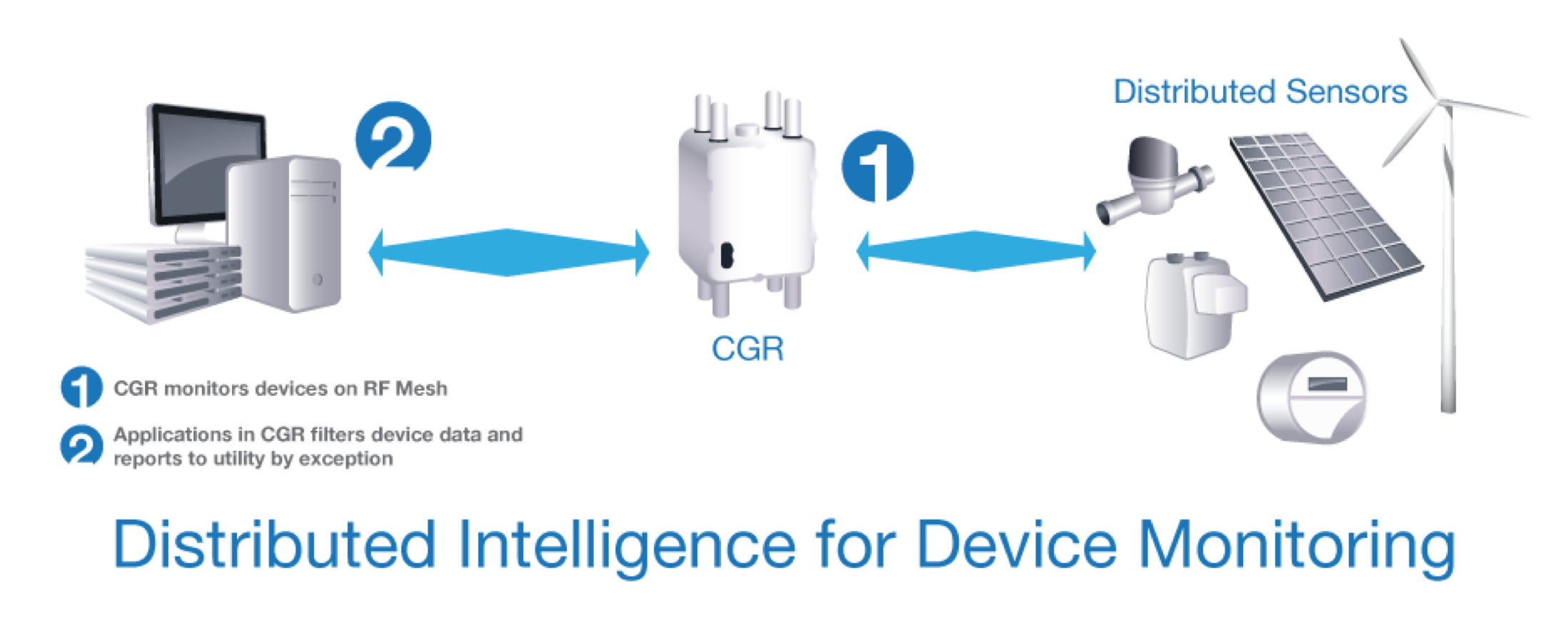
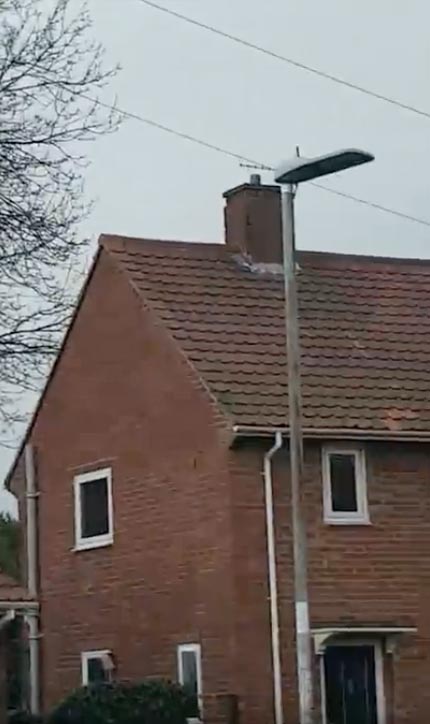
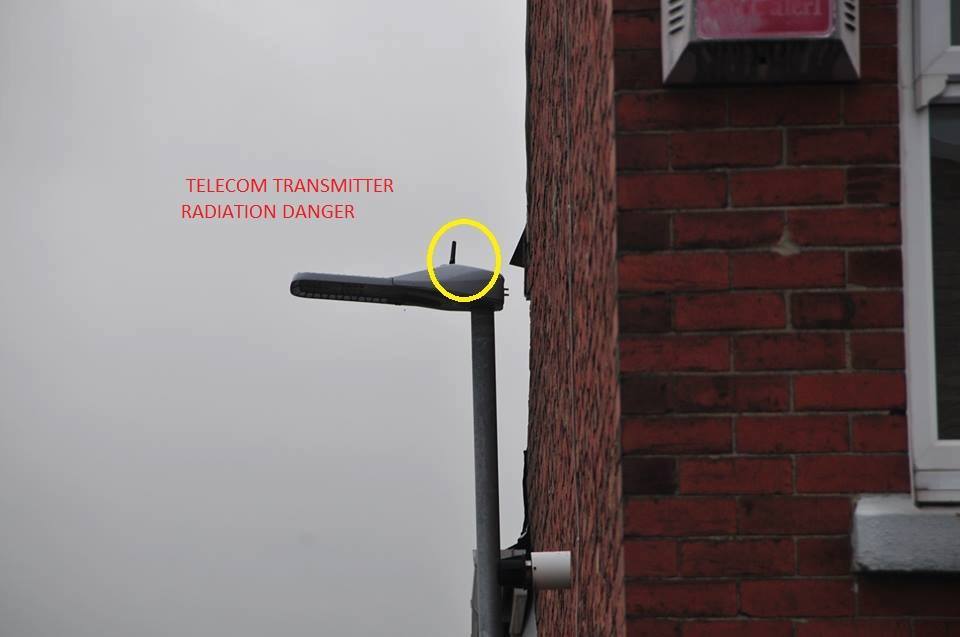
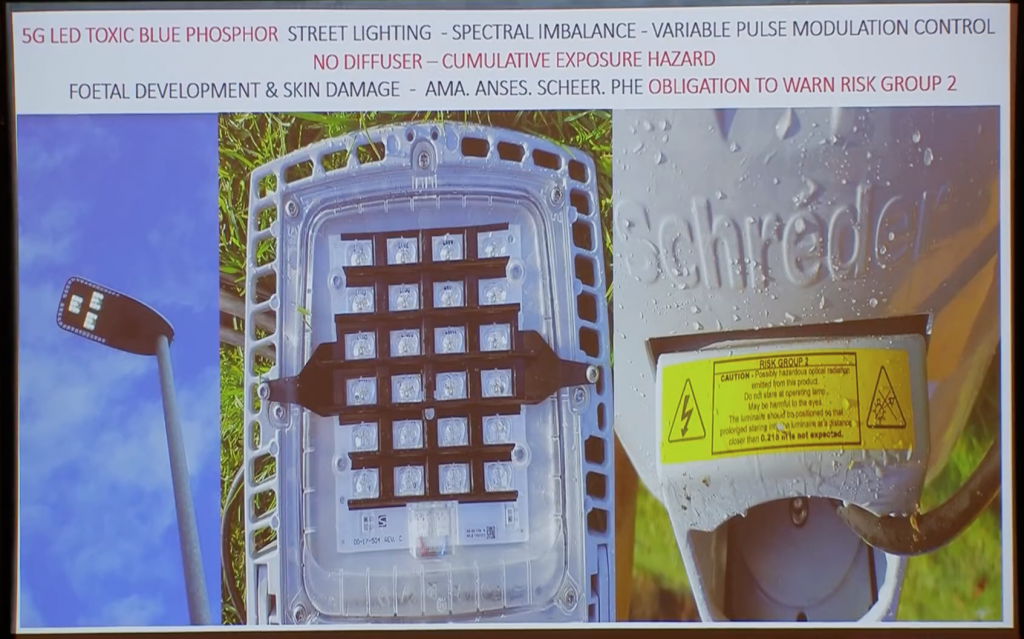
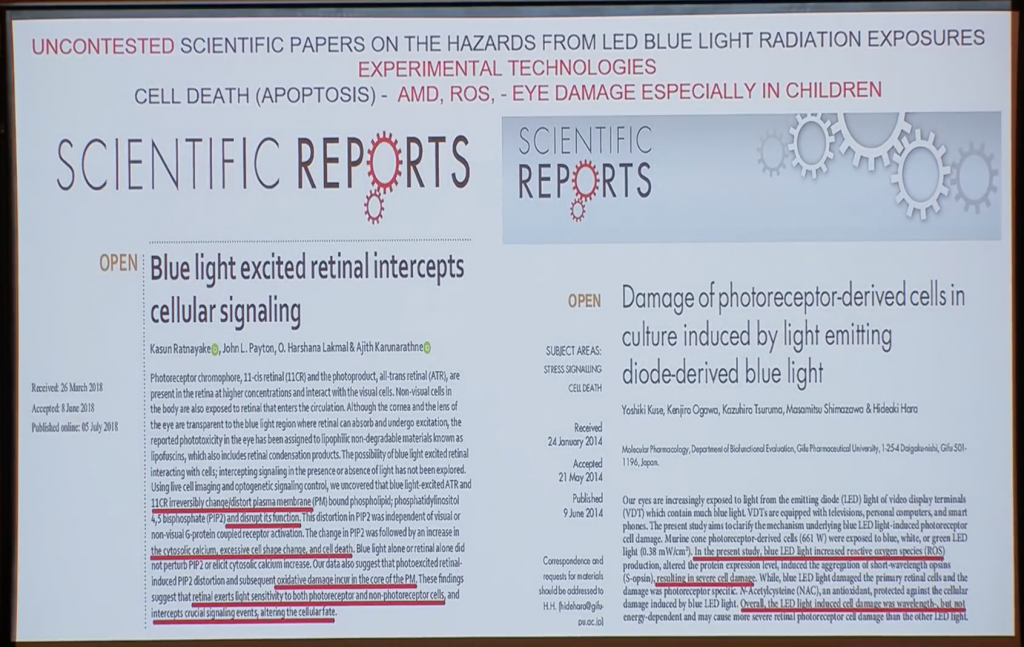
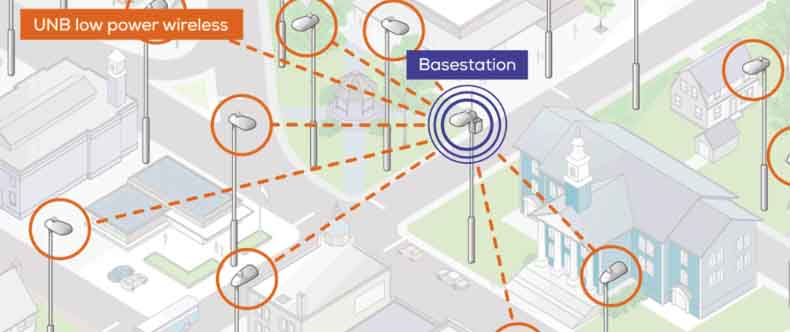
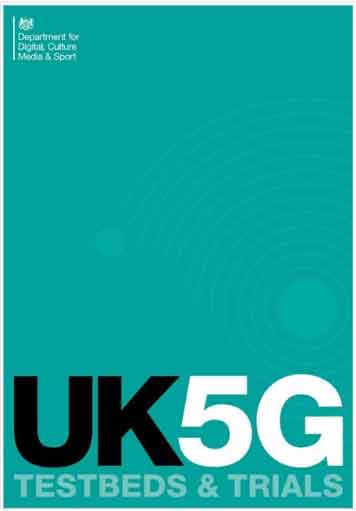

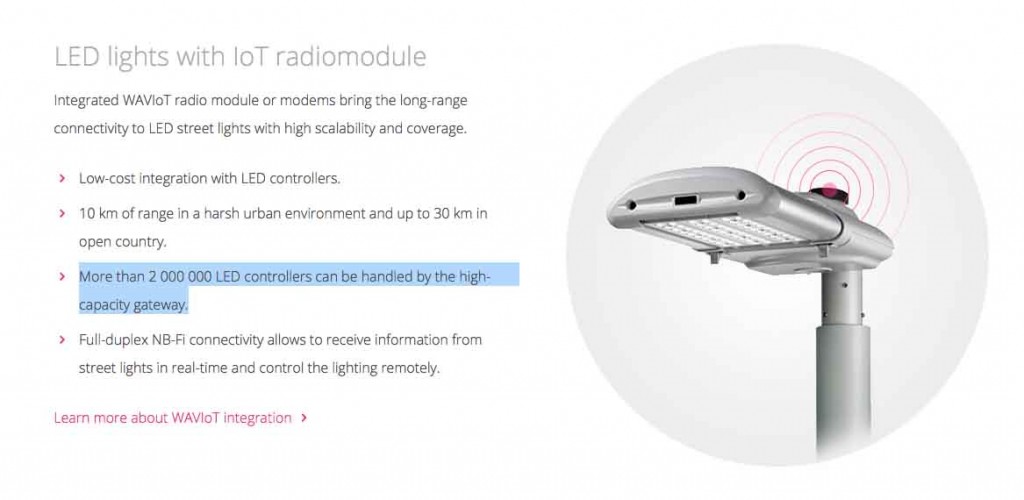
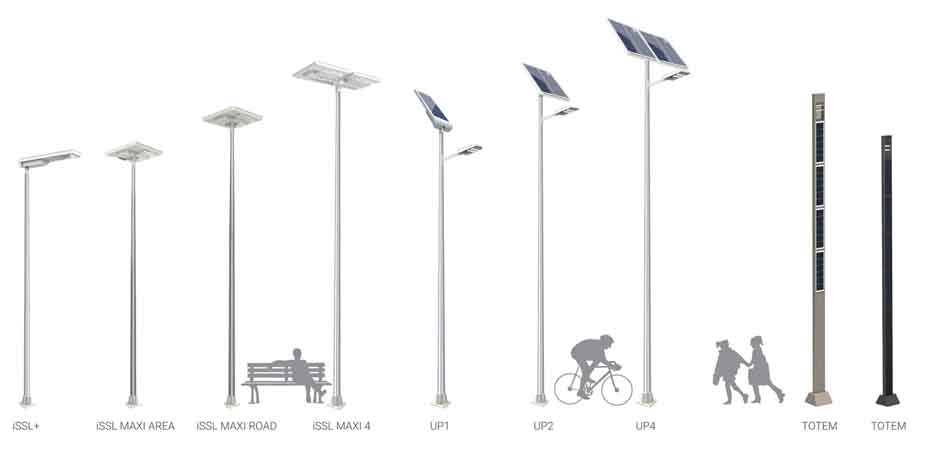

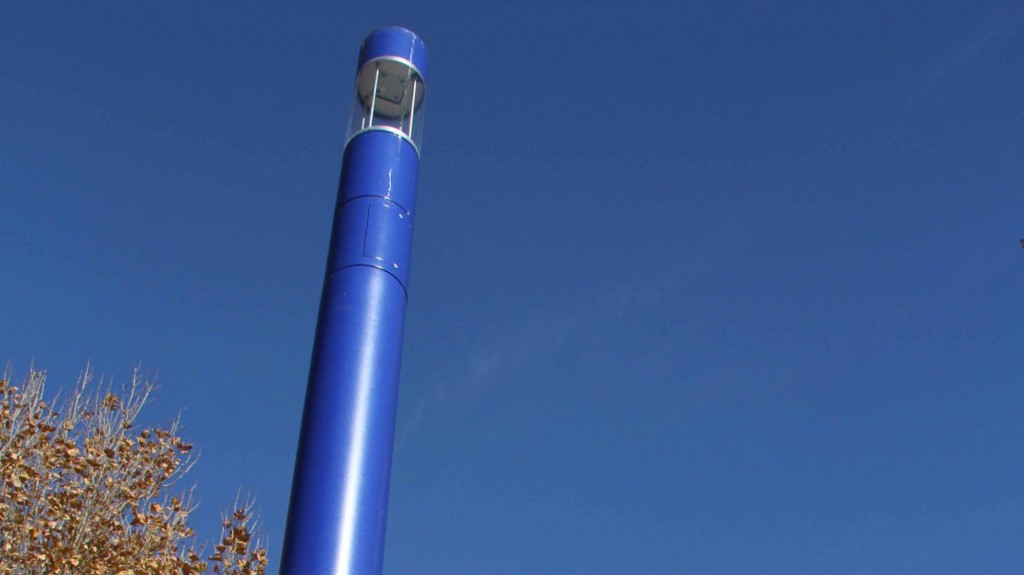
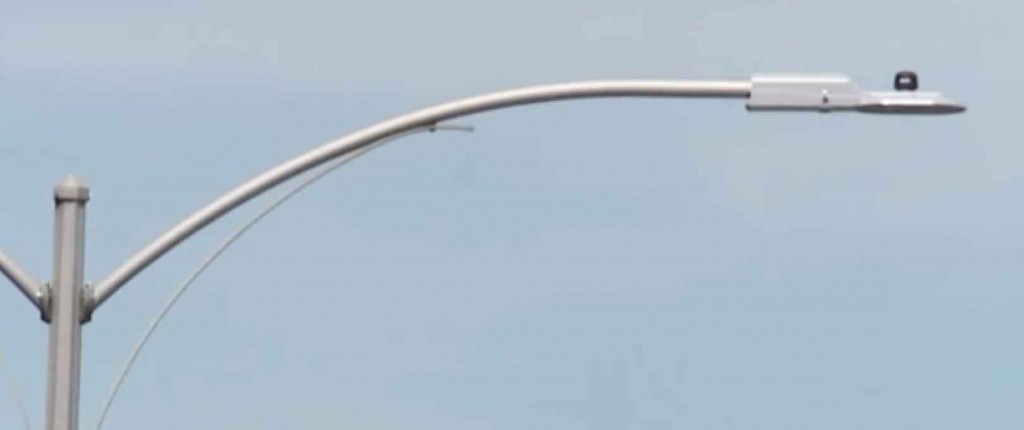


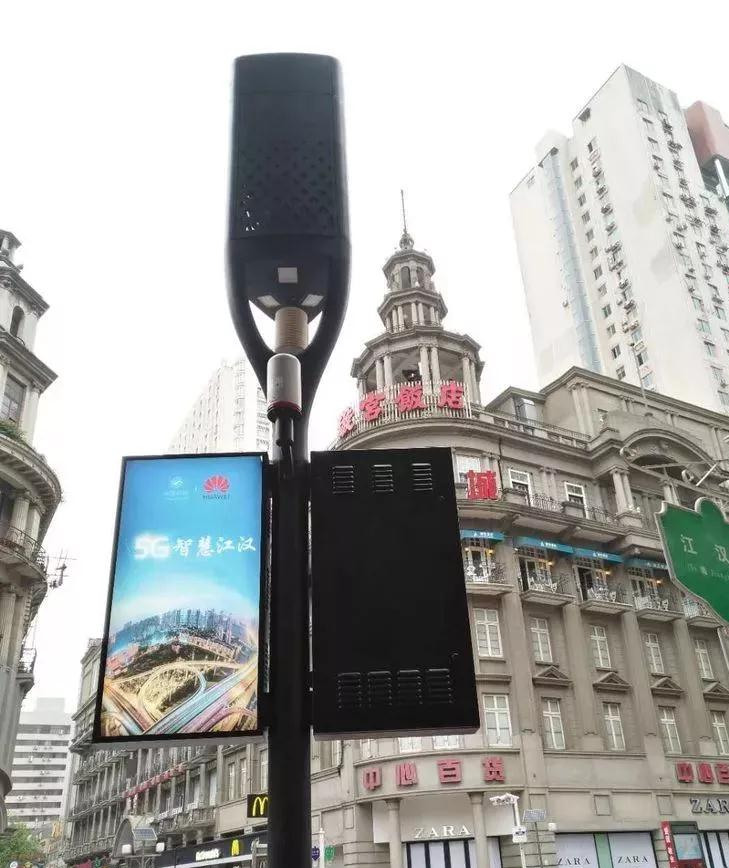



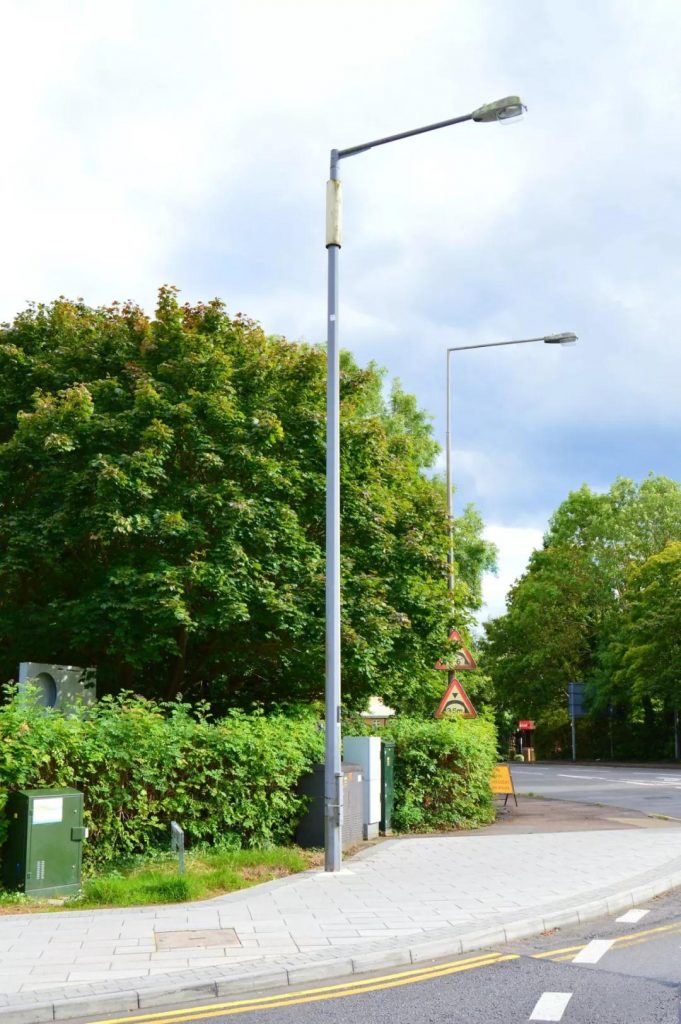


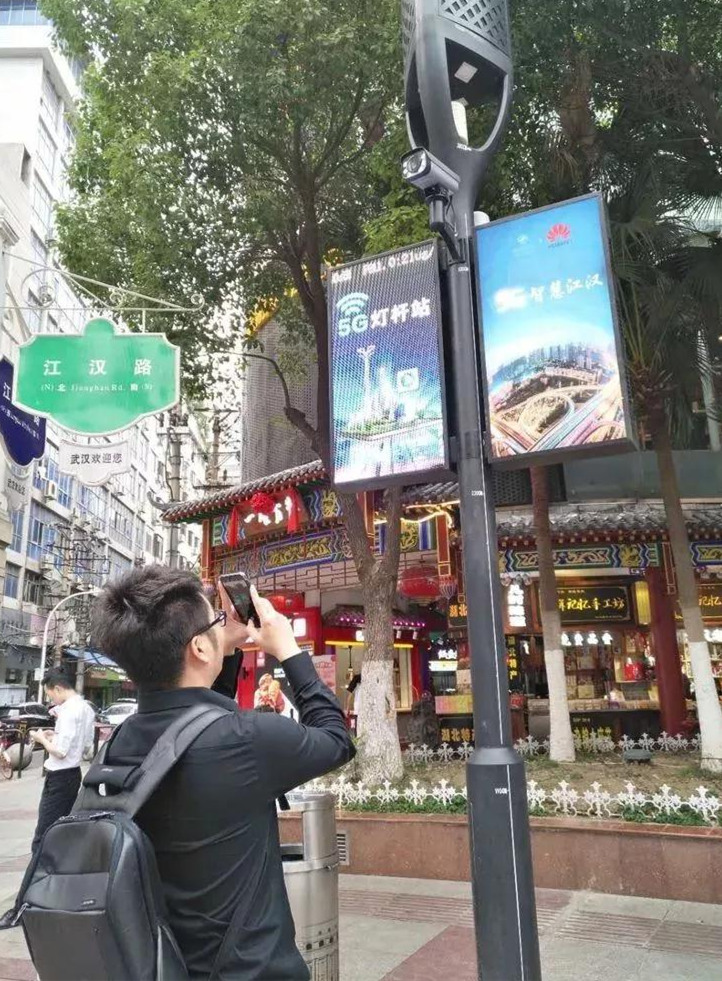
#1 by Norm on July 13, 2016 - 8:13 pm
Quote
My guess the need is wrapped in the last of these 3 words from their own publications “can also be controlled. The ability to control everything seems to be a constant theme, I can’t help but think the whole program is a retry of the old Technocracy philosophy of the 1920-30’s think of this as the Technocracy II era. To understand Technocracy one needs to look at the philosophy of the pre WW 1 era and the mindset of people when other systems of government such as communism were expounded – not that technocracy is Communism , Aludus Huxely’s “Brave New World” could almost be thought of as a novel about Technocracy. They tried ultimate control of the population before – failed when they did not have the technology to pull it off, now they have better technology.
Pingback: UK : Gateshead Council NEW Attempt to Jail Mark Steele Over 5G Claims « EMR Health Alliance of BC
#2 by Stop5G on June 24, 2021 - 12:00 pm
Quote
Thank you for info
Pingback: 5G LED Street Danger – Cancer – Killing Wildlife – Metabolic Syndrome - Mood Disorders - Depression – Diabetes - Circadian Rhythm - Obesity - Stop 5G